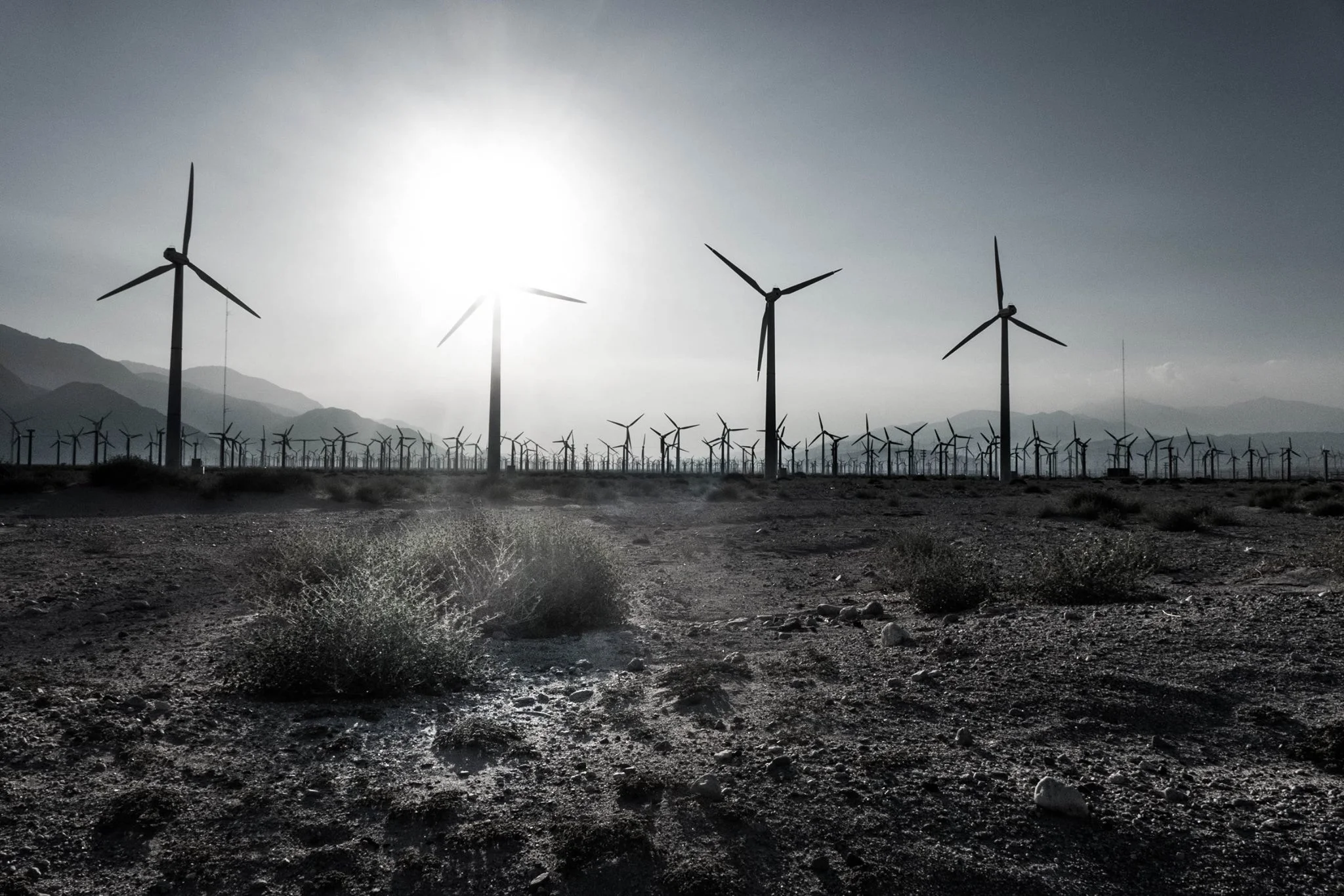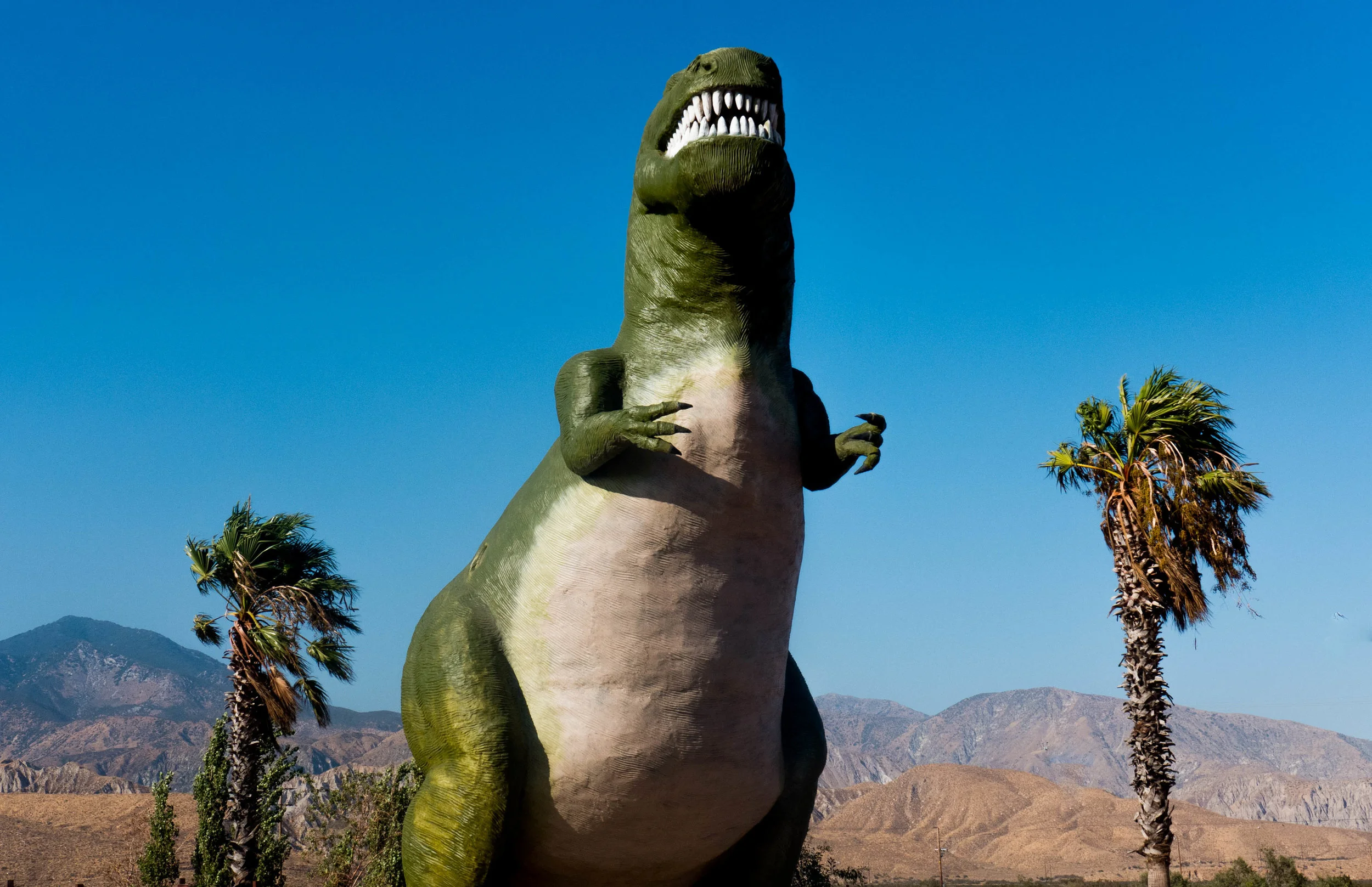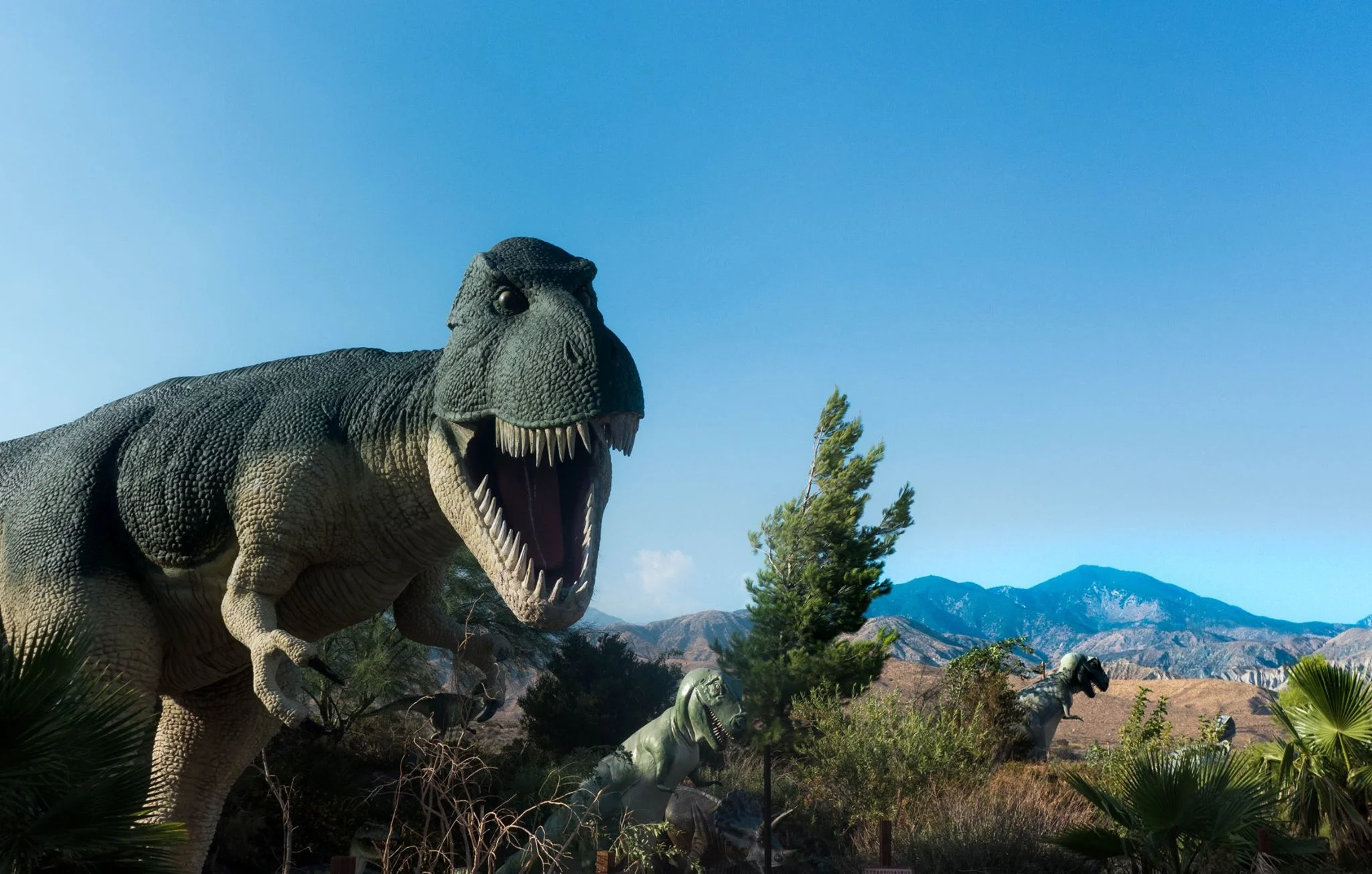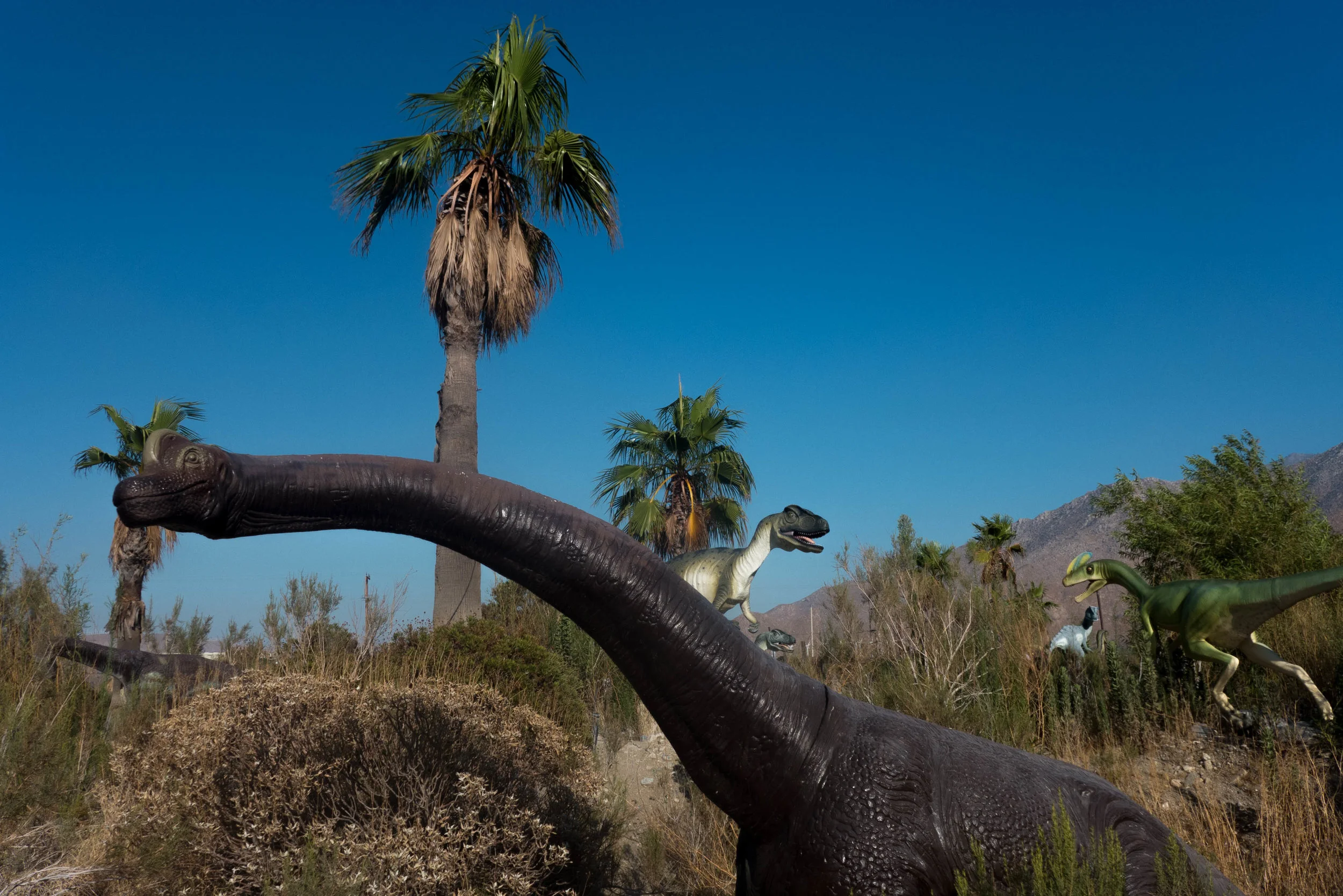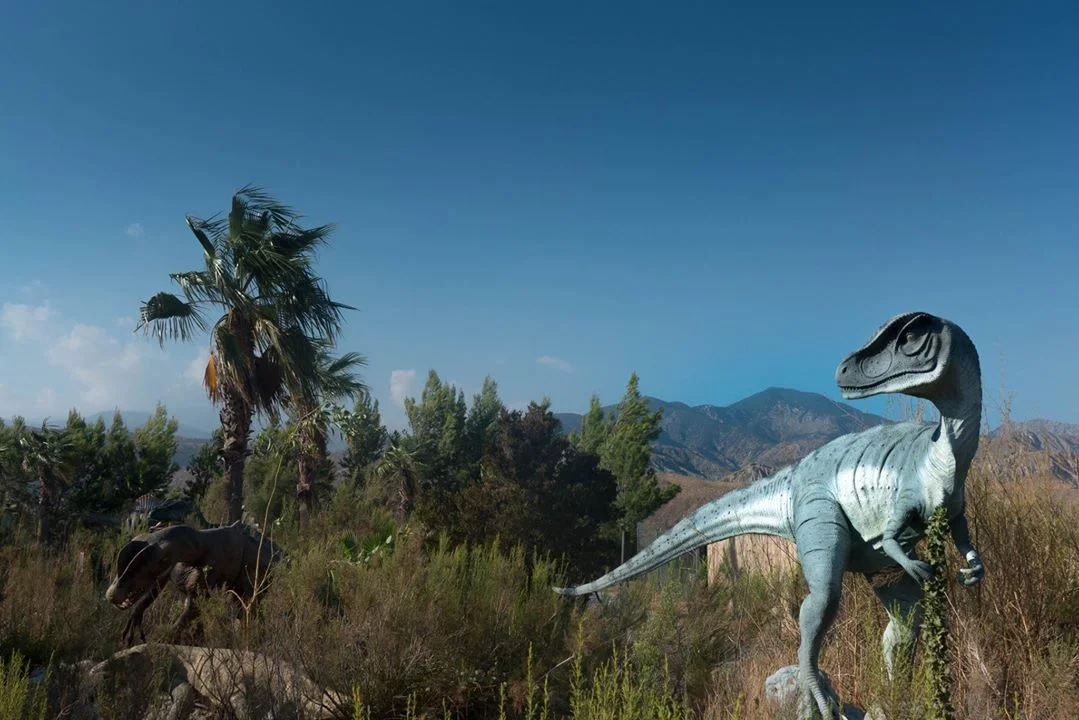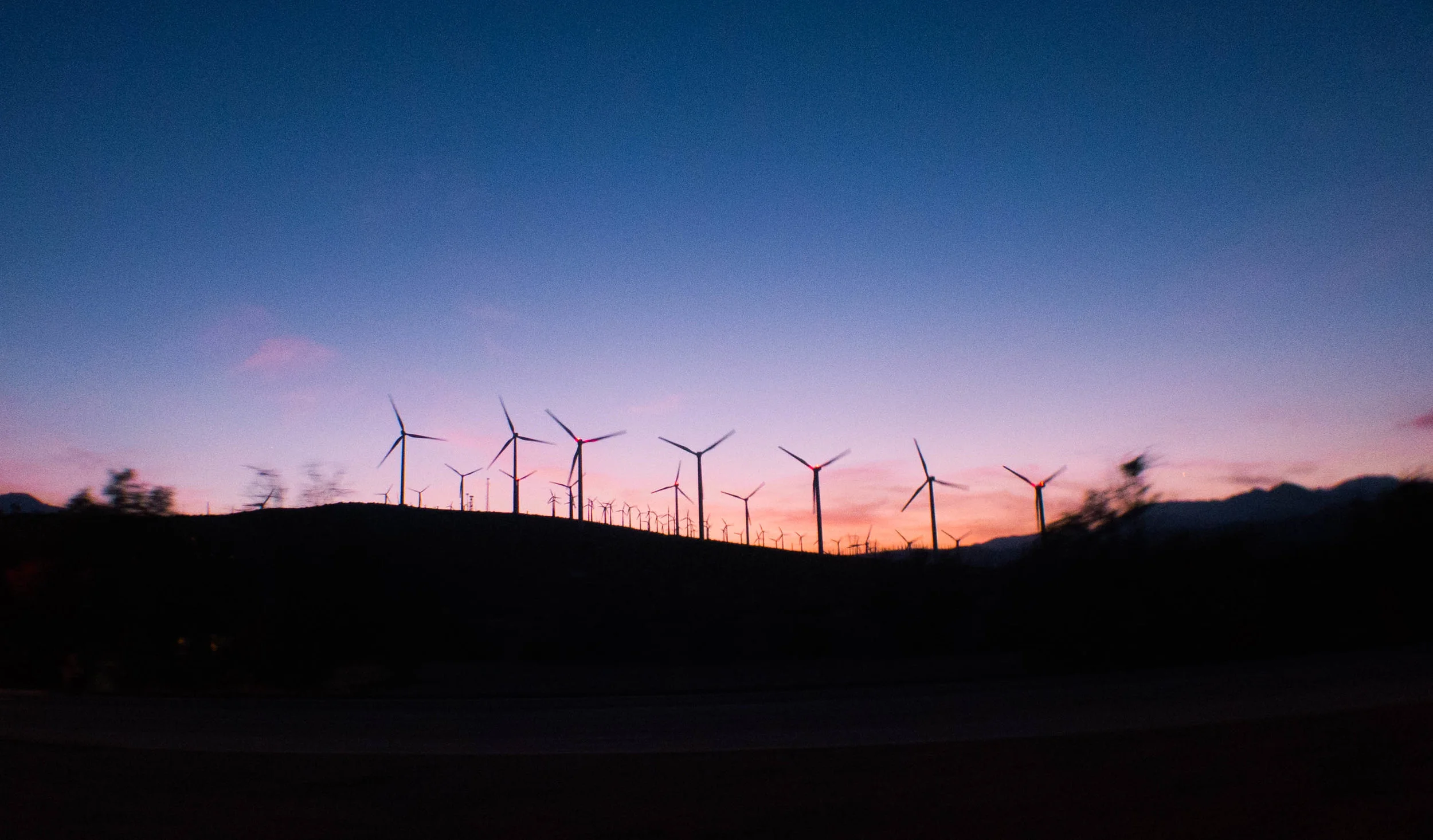After hours, much of the City is now a hotbed of club scenes. The stuff’s that’s more Vauxhall than One Poultry lane. The Ned was bedlam, as usual. As we ran out for cabs, the sky turned a Turner moment, just before dusk and drizzle as we clamoured into the familiar black cab to Bethnal Green to our favourite quieter spot for supper.
bank of england, london







